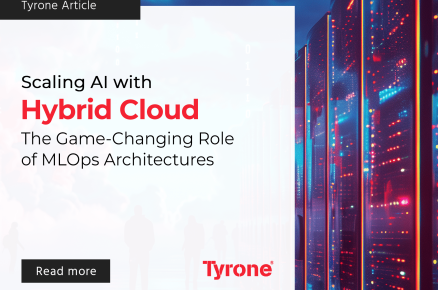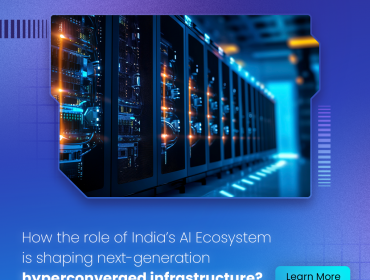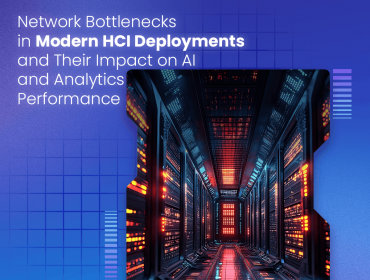Kubernetes was built by Google to operate on distributed systems with cluster of machines. Staggered or distributed systems have to make networking the pinnacle and an important component to deploy Kubernetes. Hence, it is pivotal to understand Kubernetes networking model to effectively operate, monitor and manage applications running on it. Kubernetes is built from a few core concepts that are combined into superior functionality. The brief guide will demystify the Kubernetes Networking Model.
Networking is an unexplored space with a lot of new age technologies. For people unfamiliar with the landscape, this can be slightly difficult because most people have existing preconceived notions about networking and network system operations. There are a lot of new and old concepts to understand and fit together as a whole to imbibe the subject in a coherent manner.
Kubernetes Networking Model:
Kubernetes makes selective choices about pod’s networking choices; a pod basically is an atom of Kubernetes. All pods can communicate with each other without using network address translation interface. Similarly, Nodes – the machines running the Kubernetes can communicate without NAT. The IP address for all the pods is the same.
Given the limitations of the model, the guide shall discuss the problems and solutions presented in it briefly:
- How container networking works: Ethernet connects with the root network space and then Kubernetes, a cluster of pods from that a singular pod is made up of group of containers that share the same network space. Containers within the pods share the same IP address and a network namespace is given to the pod. A network namespace for each pod is created on a virtual machine. For the implementation of this network namespace a docker or a pod container holds the network namespace where as the app containers join this namespace.
- What is Pod internetworking mechanism: The synchronisation between pods and its IP address works smoothly until there is a requirement of change. IP addresses aren’t long lasting and might disappear in response to the scalability, crashes, or system reboots. This can change the IP address with prior intimation. Kubernetes service manages this state of pods, they track these pods and address any kind of threat timely. The Kubernetes service generate virtual IPs and can help Pods to change that are associated with these virtual IPs the company should be aware of the Kubernetes service’s virtual IPs to track the pods. When creating a new Kubernetes Service, a new virtual IP is generated keeping the client aware. In the cluster, traffic addressed to the virtual IP will be load-balanced to the set of backing Pods associated with the Service. As a result, Kubernetes will generate and maintain a distributed in-cluster load that stabilises the load and data inflow that distributes to a service’s connected healthy Pods which helps in smooth functioning of networks.
- How Connectivity of internet to Kubernetes Service networking works: Kubernetes operates on a Virtual Private Cloud and every node in the pod is assigned an individual private IP address that the data scientist can access the traffic outside the cluster when the internet gateway is attached to VPC. The purpose of the internet gateway is to provide a target to VPC route tables for traffic that can be routed to the Internet and performing network address translation (NAT) for any instances that have been assigned public IP addresses. Kubernetes utilizes internet in the most effective manner to re-route traffic and balance out overload if any.
This guide provides a base for understanding the Kubernetes networking model and how it enables common networking modules. The field of networking is both broad and deep and it’s impossible to cover everything in one go. The brief provides a sneak peek into what Kubernetes networking is and triggers to dive into the relevant topics one is interested. One can leverage the Kubernetes documentation and the Kubernetes community to deep dive into the subject.











